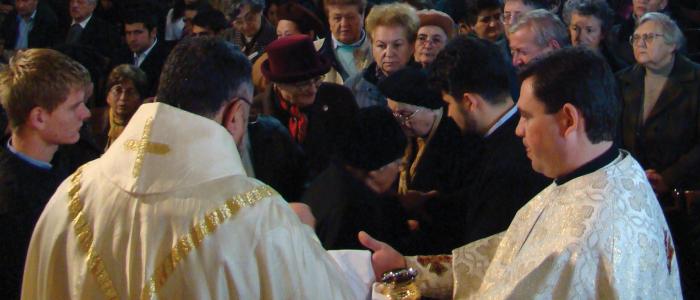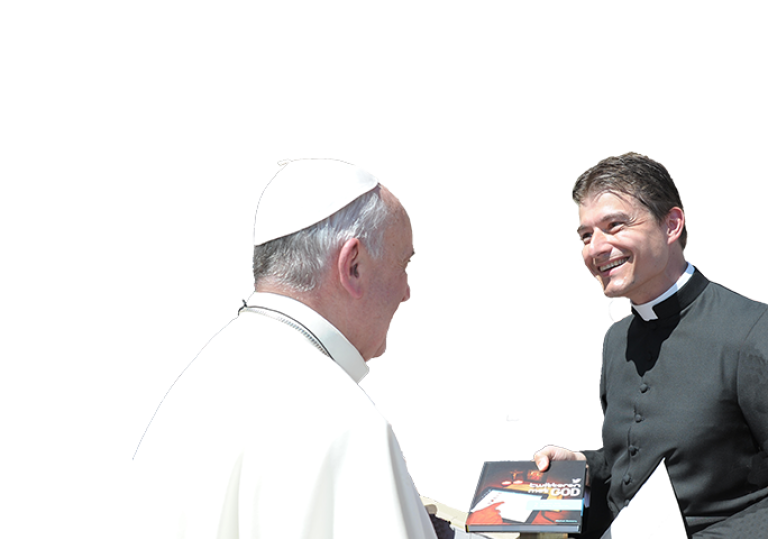
3.51 Що таке Cхідні Католицькі Церкви? Що таке «обради» ?
Є лише одна Католицька Церква, всередині якої є різні Церкви. Усі вони визнають Папу Римського своїм лідером. Найважливіша відмінність виникла в результаті розколу в Римській імперії. Це призвело до появи Західної церкви з Римом як її центром: Римо-Католицької Церкви. Крім цього, існують різні Східні Католицькі Церкви.
«Обряд» – це спосіб, відправлення літургії. Вони можуть бути різним для кожної Церкви, і в одній Церкві може бути кілька обрядів. Завжди незмінною є суть Літургії, тому центром Євхаристії завжди є особиста присутність Ісуса.
Двома найпоширенішими обрядами є Римський обряд (або латинський обряд) і Візантійський обряд або греко-католицький обряд, обидва перекладені багатьма місцевими мовами. Іншими важливими обрядами є коптський обряд (Єгипет), ефіопський обряд, західно сирійський обряд, східно сирійський обряд і вірменський обряд.
Why is the one Mystery of Christ celebrated by the Church according to various liturgical traditions?
The answer is that the unfathomable richness of the mystery of Christ cannot be exhausted by any single liturgical tradition. From the very beginning, therefore, this richness found expression among various peoples and cultures in ways that are characterized by a wonderful diversity and complementarity. [CCCC 247]
What is the criterion that assures unity in the midst of plurality?
It is fidelity to the Apostolic Tradition, that is, the communion in the faith and in the sacraments received from the apostles, a communion that is both signified and guaranteed by apostolic succession. The Church is Catholic and therefore can integrate into her unity all the authentic riches of cultures. [CCCC 248]
Can the Church also change and renew the liturgy?
There are changeable and unchangeable components of the Liturgy. Unchangeable is everything that is of divine origin, for instance, the words of Jesus at the Last Supper. Then there are changeable parts, which the Church occasionally must change. After all, the mystery of Christ must be proclaimed, celebrated, and lived out at all times and in all places.
Jesus effectively addressed the entire person: mind and understanding, heart and will. That is precisely what he wants to do today also in the Liturgy. That is why it has different characteristics in Africa and in Europe, in nursing homes and at World Youth Days, and differs in appearance in parishes and monasteries. But it must still be recognizable that it is the one liturgy of the whole worldwide Church. [Youcat 192]





